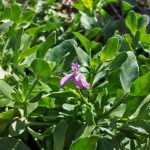There are many flowering plants that coexist happily with your turf and add year-round color and texture.
The classic American lawn evokes images of neighborhood barbecues, bare feet, and all the things that make a house feel like home. For a century, the ideal lawn has been a lush expanse of tidy green grass.
While a soft turfgrass lawn is soothing to the eye, it can come at a cost. Turf grass needs more water than any other plant at an average home.
Fortunately, ideas about what a yard should look like have begun to shift. Many folks are embracing their lawn’s natural potential to provide habitat for pollinators. There are many flowering plants that tolerate mowing and blend beautifully in a lawn. Instead of pulling or poisoning weeds that appear, consider leaving them be. They’ll coexist nicely with your grass and add year-round color and texture.
Take rain lilies, for example. They’re responding to recent rain by putting on a spectacular show. Soon they will be filled with seeds that you can scatter in your yard. Is anyone else having childhood memories of sitting in their yard, blowing dandelion seeds? That’s the right idea!
Some groundcover plants — horseherb, frogfruit, Mexican evening primrose and woolly tubetongue — are ubiquitous in San Antonio lawns. Less frequent mowing allows them to go to seed and give foraging birds a reason to visit.
If you have room for something a little more woolly and wild, install zizotes milkweed and swanflower to provide a home for monarch and swallowtail butterflies (don’t mow these host plants).
If collecting seeds from the wild isn’t your garden style, there are plenty of groundcovers for sale locally. Examples include:
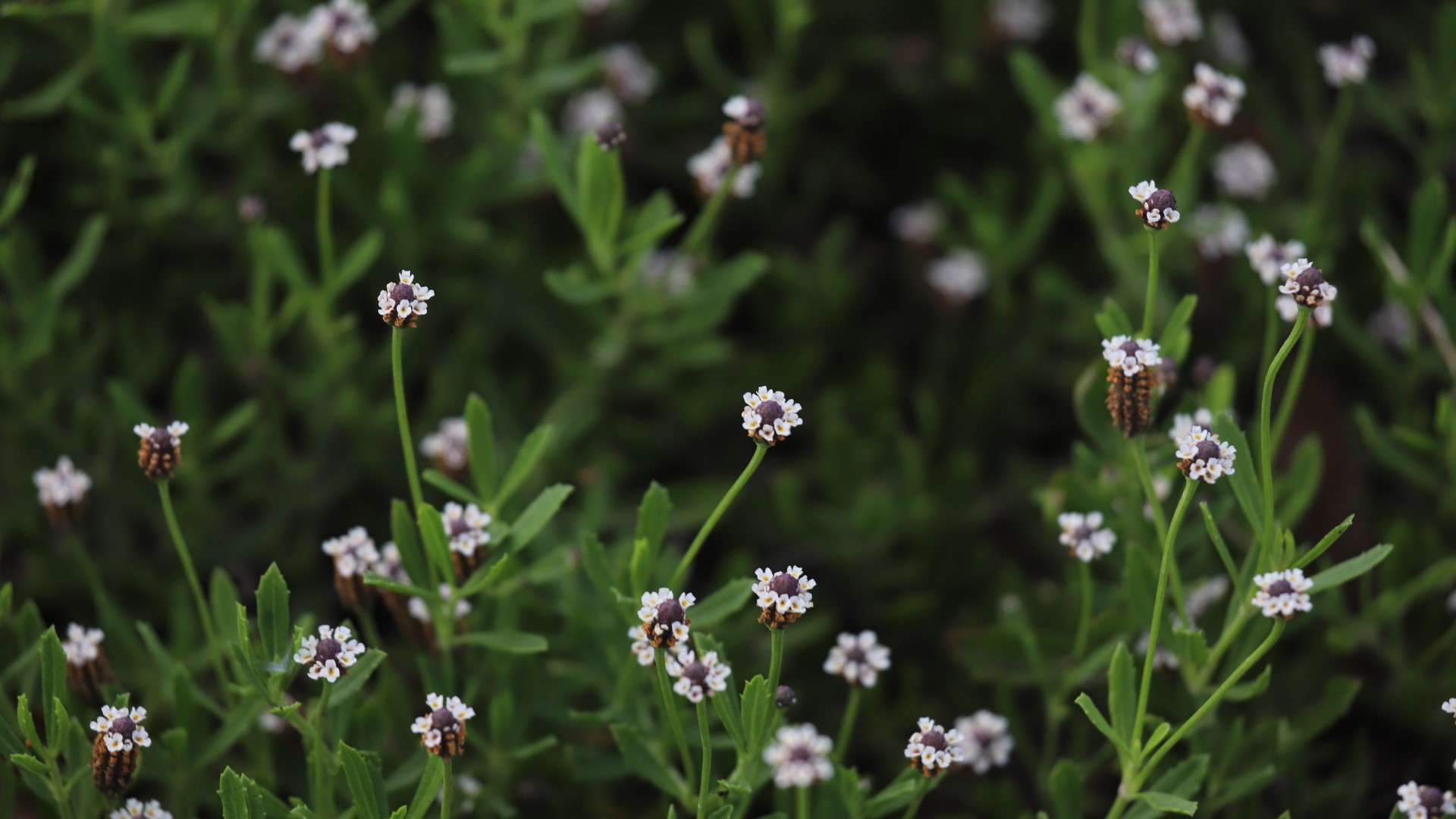
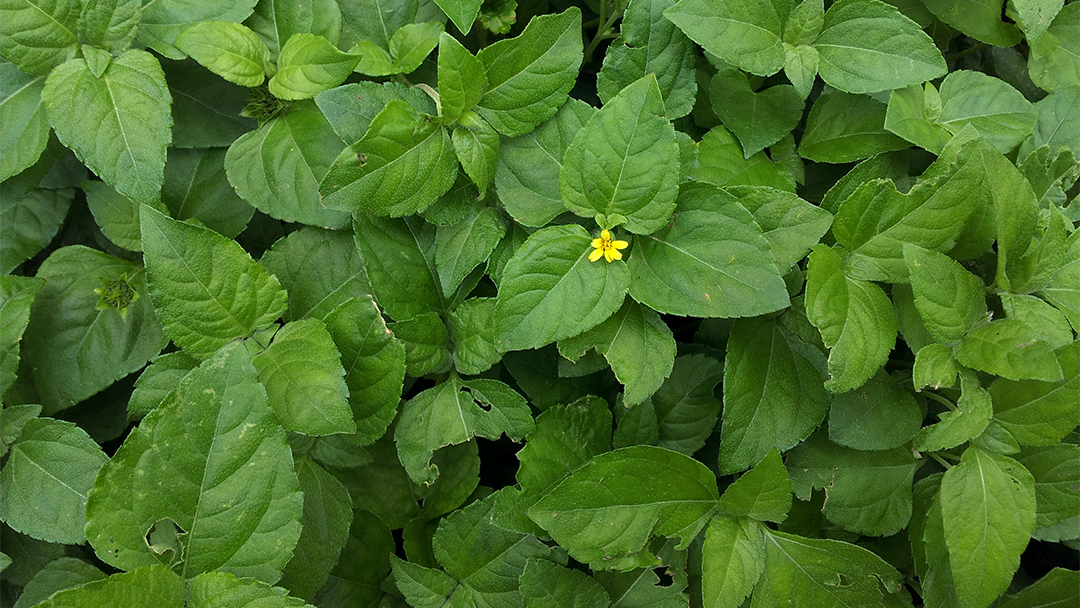
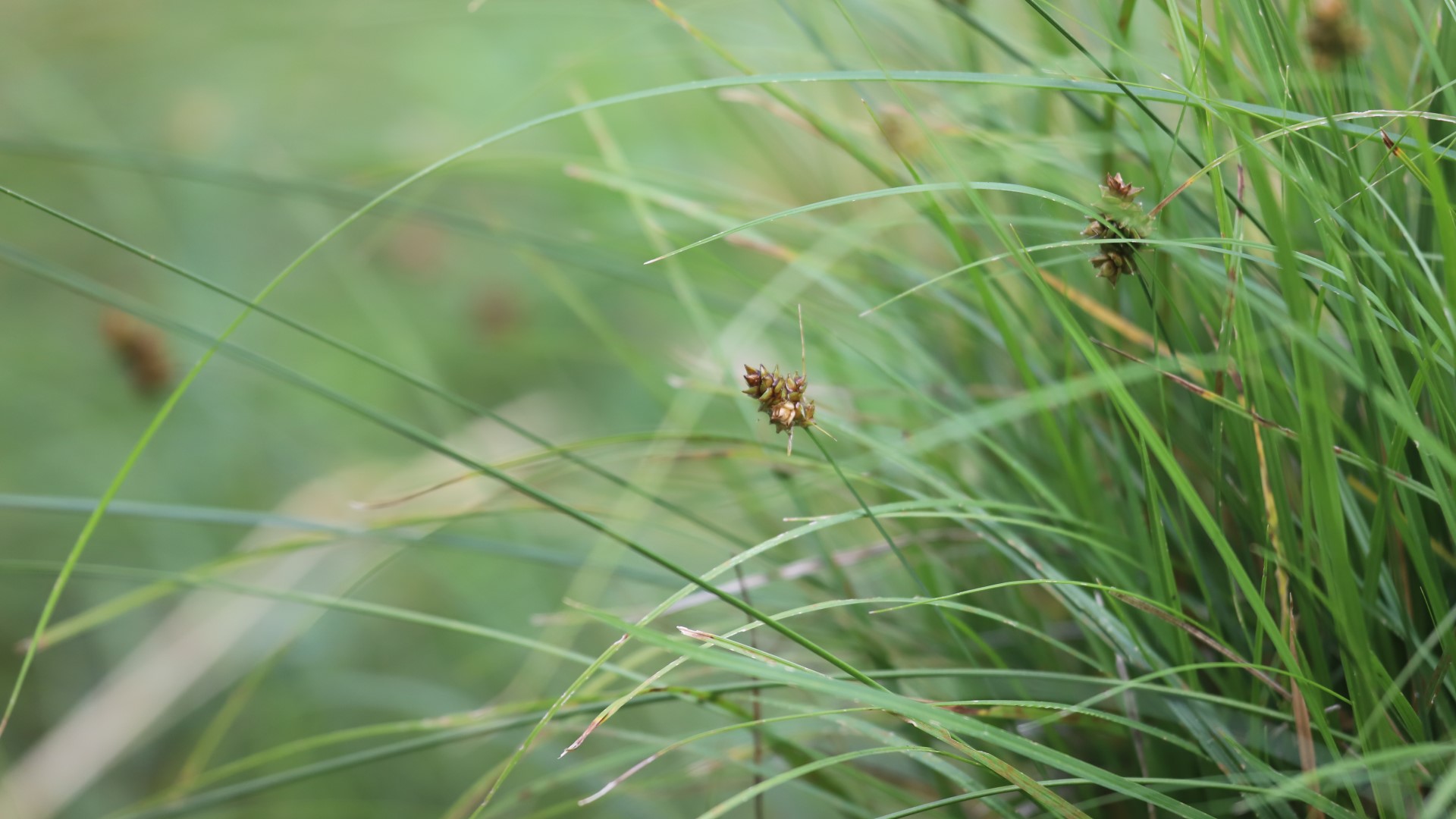
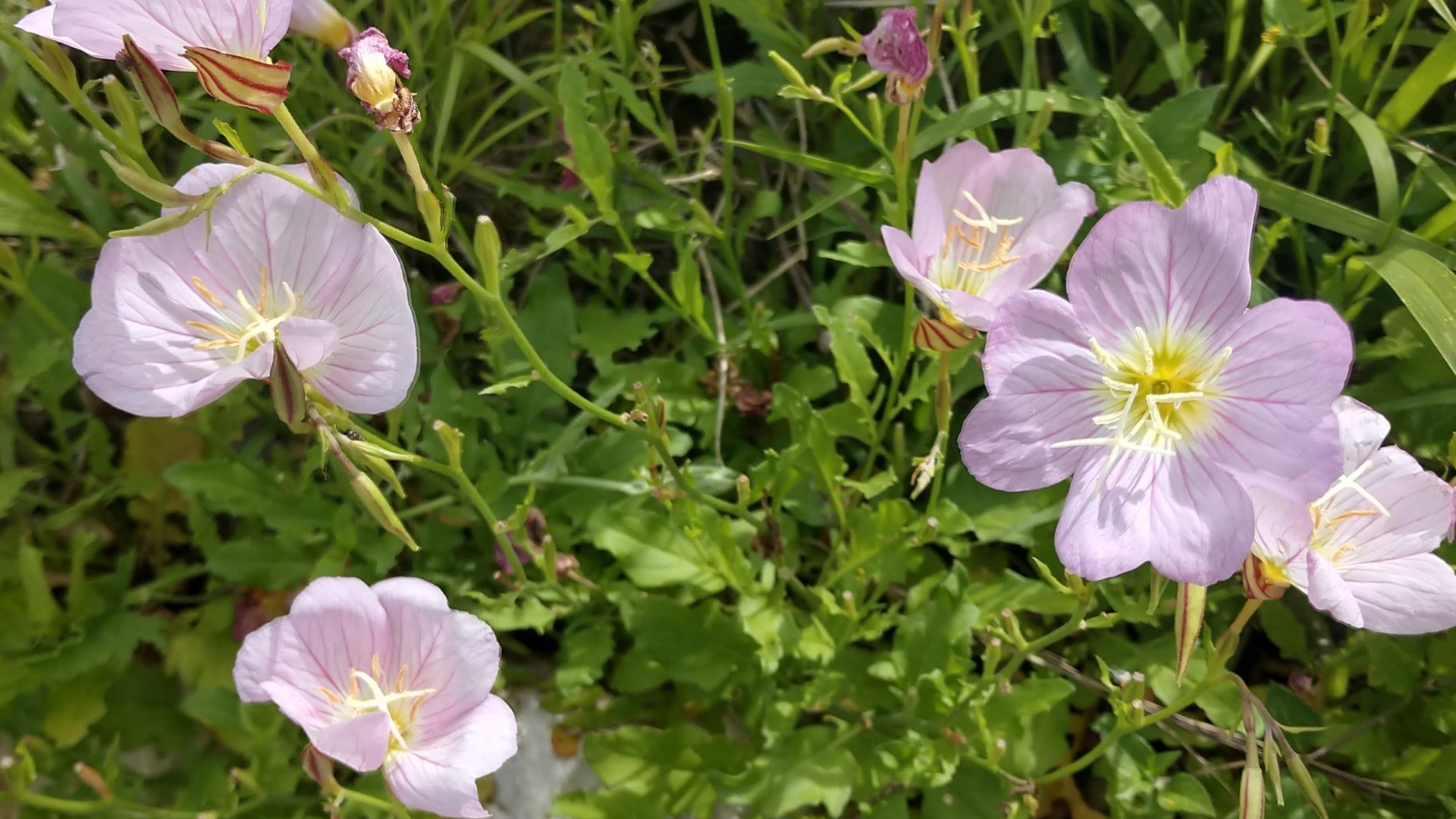
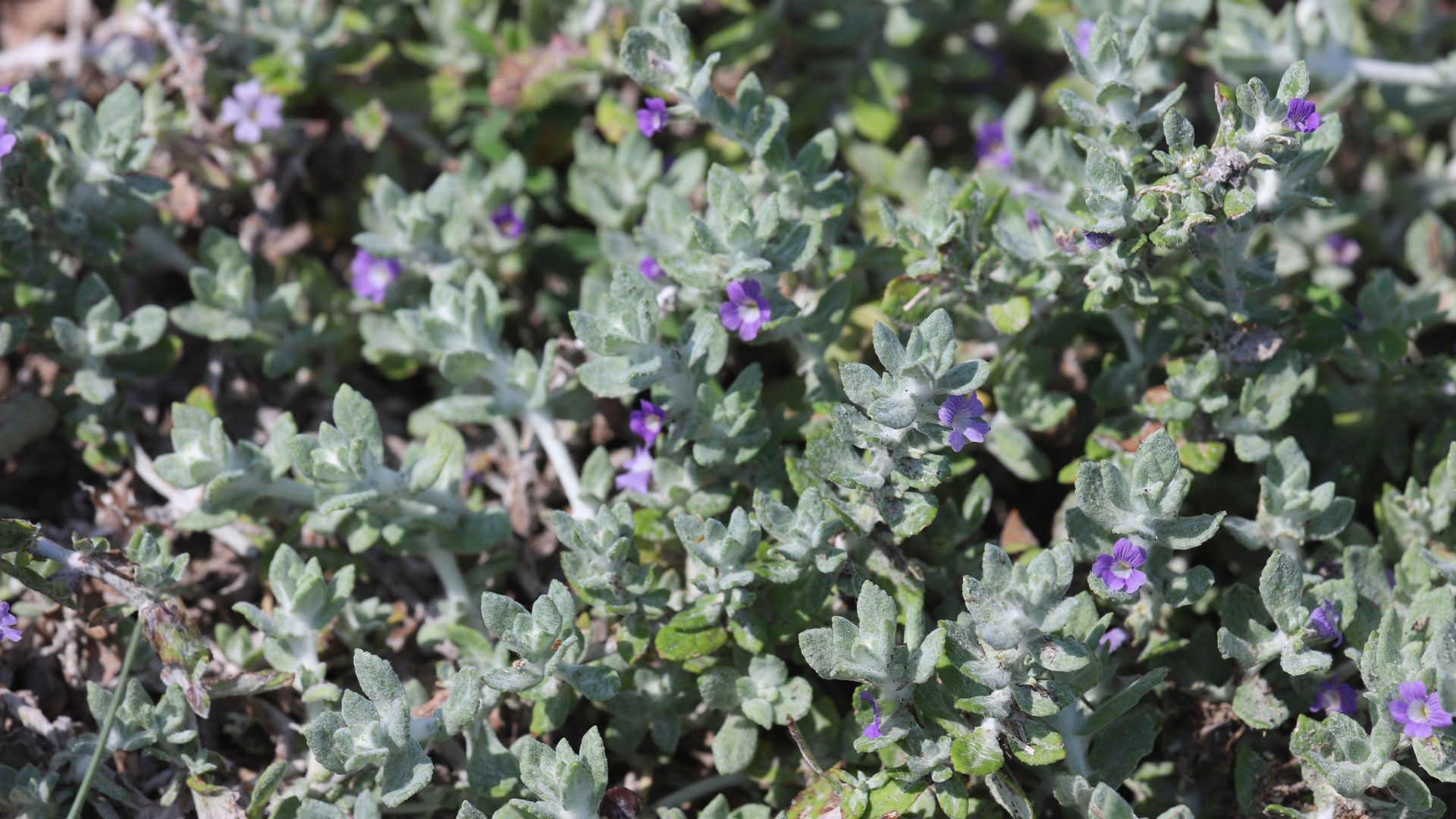
Of course, a yard should be attractive and functional so make changes slowly and intentionally. Adding a border around an accent plant adds curb appeal — and perhaps begin a broader conversation about the modern, earth friendly possibilities of a classic American lawn.



